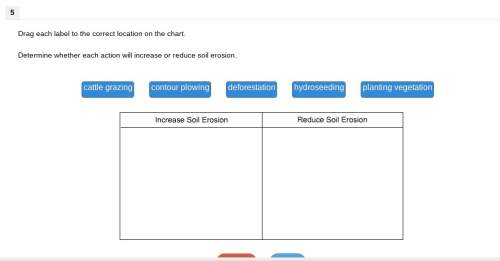
Biology, 29.03.2021 06:20, ramirezzairap2u4lh
When we break down glucose, what energy molecule is produced?

Answers: 3
Other questions on the subject: Biology

Biology, 22.06.2019 00:00, Nowellkwaku
How does the study of genetic disorders such as pku biologists understand normal alleles?
Answers: 1

Biology, 22.06.2019 00:30, KittyLitty
If bacteria are much too small to see, what is one reason why can we see colonies in the petri dishes that have plenty of food to eat after only a few days?
Answers: 1

Biology, 22.06.2019 02:00, mathman783
Bisphenol a (often called bpa) is a chemical found in products that people use every day, from water bottles to food containers to children's toys. unfortunately, bpa leaches out of its many products and makes its way into our bodies. what are the health effects of bpa exposure? ongoing research is finding that elevated exposure to bpa can affect a wide variety of developmental and physiological processes, but one of the first studies of bpa's health effects came about because of a simple mistake in the lab. at a laboratory at case western reserve university in 1998, geneticist patricia hunt was making a routine check of her female lab mice. as she extracted and examined developing eggs from the ovaries, she began to wonder what had gone wrong. she noticed that many of the eggs showed problems with their chromosomes, and some had irregular amounts of genetic material, which can lead to miscarriages and birth defects in mammals. she learned that a lab assistant had mistakenly washed the plastic mouse cages and water bottles with a harsh soap, releasing bpa from the plastic. knowing that bpa is an endocrine disruptor, a chemical that can enter organisms and mimic hormones, hunt set out to discover whether it had adversely affected her mice.
Answers: 2

Biology, 22.06.2019 02:00, Yskdl
Consider the motion of the balloon and its air contents in terms of momentum. in step 1 above, the total momentum of the balloon and its contents was zero. recall that momentum = mv. both the balloon and the air inside it had a velocity of zero and therefore the total momentum was zero. now think about what happened when the air escaped from the balloon. a certain mass of air accelerated in one direction. in order to keep the total momentum of the system zero, the balloon itself (which has mass) had to accelerate in the opposite direction. use this scenario to you explain why the soda can rotates when the water squirts out of the escape holes. what was your hypothesis concerning the water-filled can? according to your data, do you think your hypothesis was correct? (be sure to refer to your data when answering this question.) summarize any difficulties or problems you had in performing the experiment that might have affected the results. describe how you might change the procedure to avoid these problems. give at least one more example of newton's third law in everyday life.
Answers: 1
Do you know the correct answer?
When we break down glucose, what energy molecule is produced?...
Questions in other subjects:


Mathematics, 10.02.2021 18:10


History, 10.02.2021 18:10




English, 10.02.2021 18:10


Mathematics, 10.02.2021 18:10







